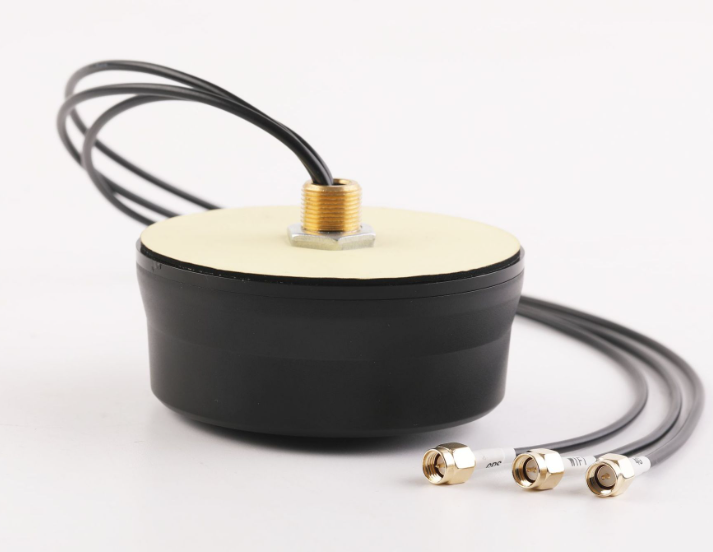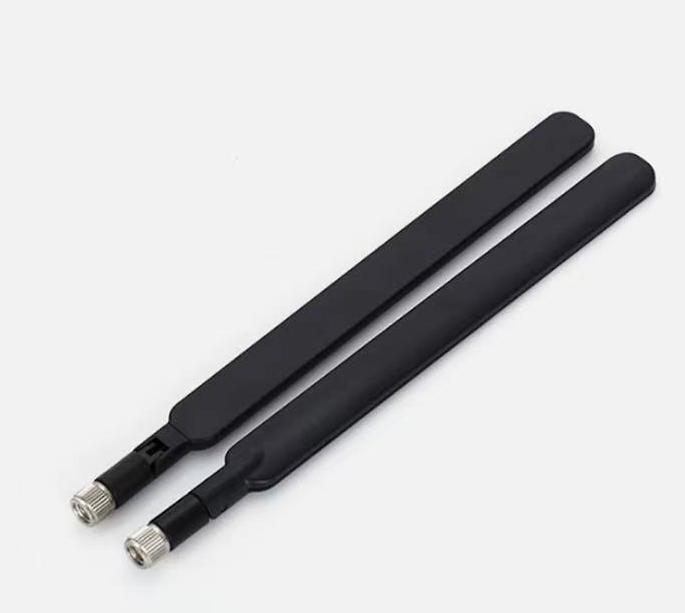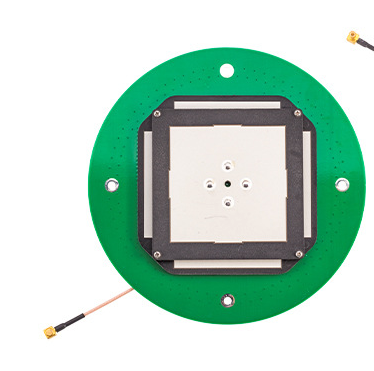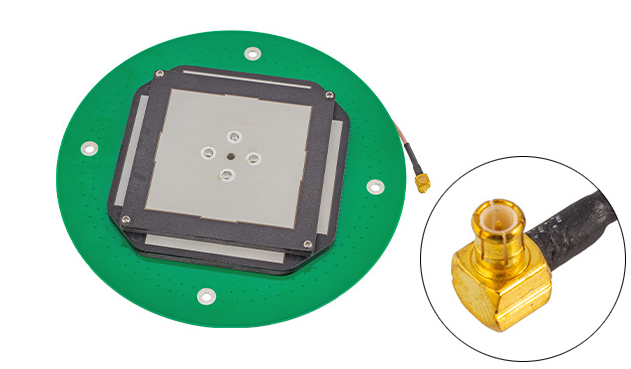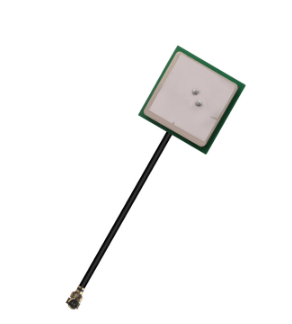Gps Antenna Placement
With the wide application of Global Positioning system (GPS) technology, GPS antenna placement has become a key technical link in many fields. Whether in navigation, communication, surveying and mapping or scientific research fields, the accuracy of GPS antenna placement directly affects the performance and effect of GPS system. This paper will introduce the technical details and best practices of GPS antenna placement in detail to help readers better understand and apply this technology.
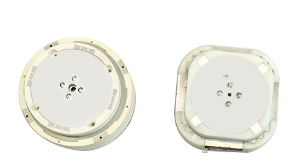
Technical details of GPS antenna placement
1. Choose the appropriate installation location
The installation location of GPS antenna should meet the following conditions as far as possible: open, unshielded, away from interference sources, in the installation process, should avoid high-rise buildings, trees, walls and other obstacles to block the GPS signal, at the same time away from electromagnetic interference sources, such as high-voltage lines, radio stations, etc.
2. Antenna type and polarization mode
There are many types and polarization modes of GPS antennas, so suitable antennas should be selected according to specific application scenarios. For mobile applications, antennas with small size, light weight and easy installation should be selected. For fixed applications, antennas with stable performance and high gain can be selected, and the polarization modes of antennas (such as circular polarization and linear polarization) should also be matched with GPS devices.
3. Cable selection and wiring
The connection cable between GPS antenna and equipment should choose the cable with low loss and high performance to ensure the quality of signal transmission. In the process of wiring, attention should be paid to avoid excessive bending, stretching or external force squeezing of the cable, so as not to affect the signal transmission.
4. Grounding treatment
In order to ensure the normal operation of the GPS antenna, good grounding treatment must be carried out, and the grounding resistance should be as small as possible to reduce the impact of electromagnetic interference on the GPS signal.
Best practices for GPS Antenna Placement
1. Outdoor application
In outdoor applications, GPS antennas should be placed in open, unsheltered areas, such as roofs or towers, and ensure that the antennas are kept at a certain distance from the surrounding obstacles to avoid multipath effects and signal occlusion.
2. Indoor application
In indoor applications, due to the existence of walls and other obstacles, the GPS signal may be blocked. The antenna should be installed near the window or balcony as far as possible to improve the signal reception quality. Signal enhancement equipment, such as GPS signal amplifier, can also be used to improve the reception effect of indoor GPS signal.
3. Mobile applications
In mobile applications, such as vehicles or ships, the placement of the GPS antenna shall take into account the shock resistance and weather resistance of the equipment, and the antenna shall be installed in a relatively stable position that is not easily affected by the external environment, such as on the top of the vehicle or on the ship's mast, ensure that the connection cable between the antenna and the equipment is fixed and reliable, in order to prevent the cable from being loose or damaged due to vibration or external force.
4. Points for attention
During the installation of the GPS antenna, the following precautions should also be noted: avoid installation in thunderstorm weather; check the performance and working status of the antenna regularly; clean and maintain the antenna regularly; and recalibrate and test the GPS system when replacing the antenna or mobile equipment to ensure the performance and effectiveness of the GPS system.
GPS antenna placement is the key link to ensure the performance and effectiveness of GPS system. This paper introduces in detail the technical details and best practices of GPS antenna placement, including the selection of appropriate installation location, antenna type and polarization mode, cable selection and wiring, and grounding treatment. I hope readers can master these technical details and best practices, and better apply GPS technology to the actual scene.
